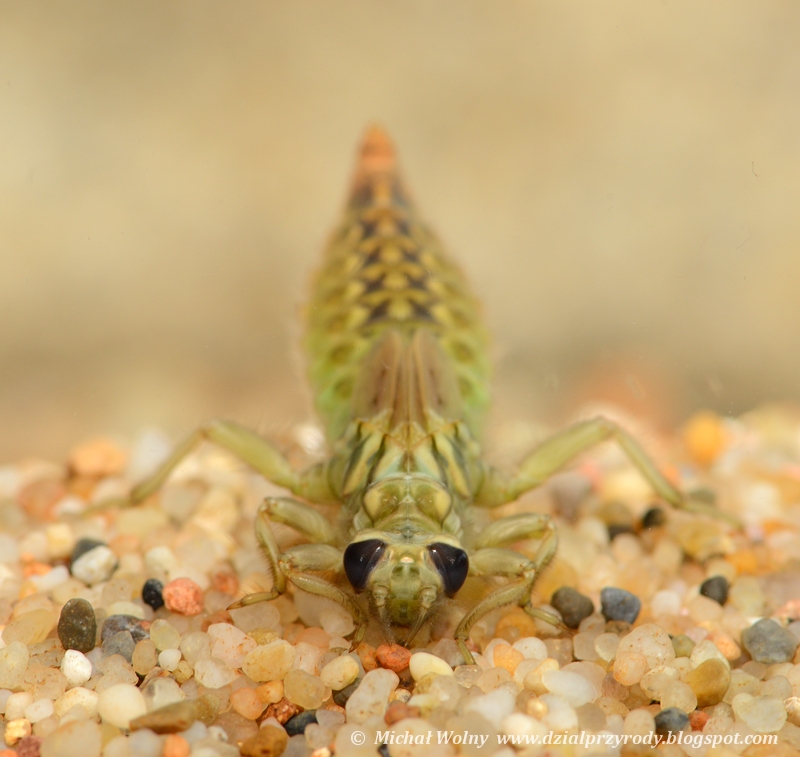

Carolinian Canada is working to help recover species at risk and their habitats. The Carolinian forests of southern Ontario support an amazing diversity of plants and wildlife, including many species at risk.To learn what you can do to help reduce the threat of invasive species, visit: ontario.ca/invasivespecies, and Invasive species such as round goby are a potential threat to the riverine clubtail.

You may be eligible for stewardship programs that support the protection and recovery of species at risk and their habitats.

View a Larger version of this map ( PDF) What threatens it The species is elusive, and may yet be found elsewhere in Ontario, since it inhabits neighbouring regions of Minnesota, Michigan, and southwestern Québec. Where it’s been found in OntarioĬurrent records of the riverine clubtail in Ontario are from Big Creek and Big Otter Creek, two streams that empty into Lake Erie near Long Point. Adults hang vertically off leaves as they await prey flying by. After emerging, adults tend to move from riverbanks to the forest canopy to feed. Larvae often burrow in the river bottom and prey on small animals such as other insects. This dragonfly is found in and near streams and rivers with sandy, muddy, or gravely beds. Females have yellow patches along the sides of the abdomen. The abdomen is blackish with small yellow spots along the top and larger yellow spots on the sides near the tip. It has a prominent club at the end of its abdomen, and the front of its thorax (the part of its body to which its legs and wings are joined) has a distinctive three-pointed star. Riverine clubtail is a small, slender dragonfly about 5 cm in length. Read the report ( PDF) What it looks like Date added to the Species at Risk in Ontario List “Endangered” means the species lives in the wild in Ontario but is facing imminent extinction or extirpation. Cover photo credit: Deanna Dodgson Status Endangered


 0 kommentar(er)
0 kommentar(er)
